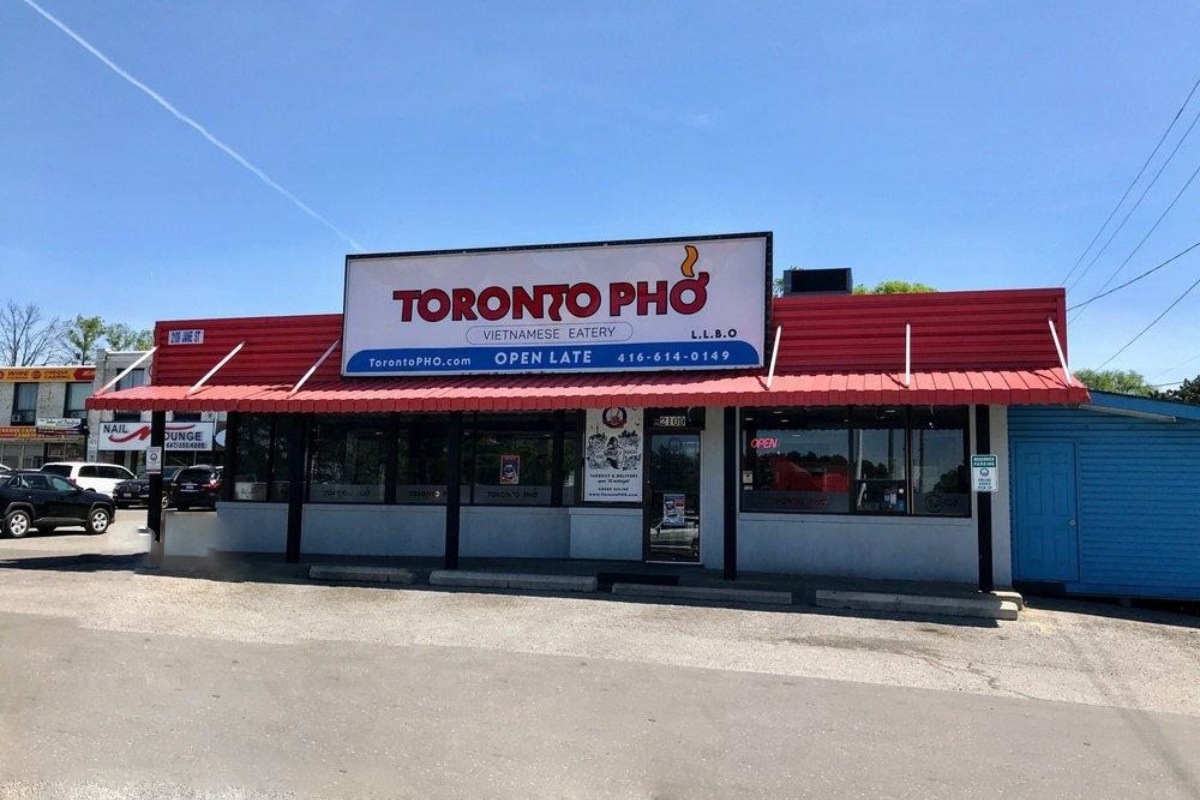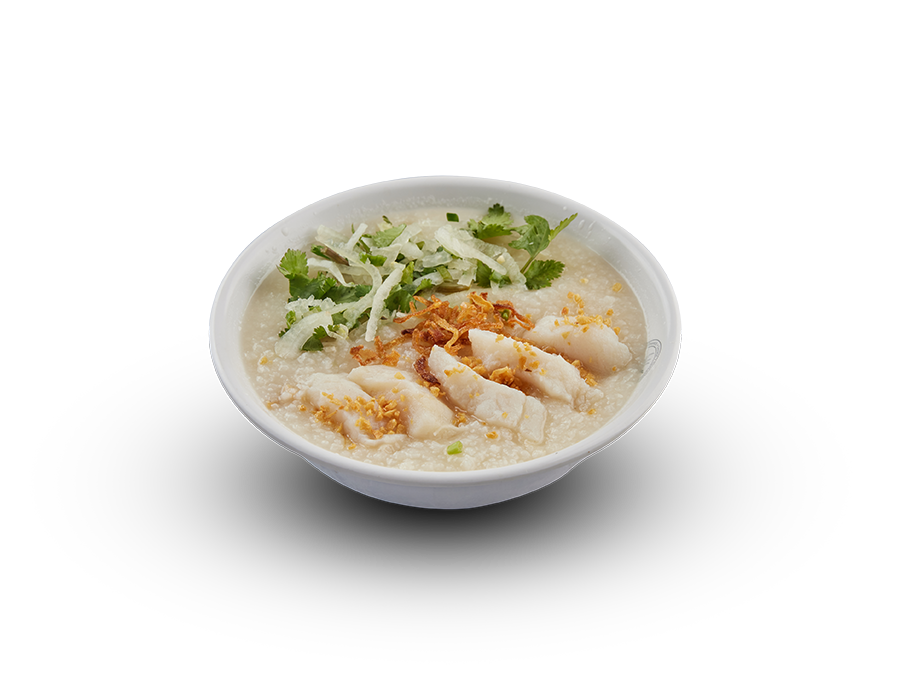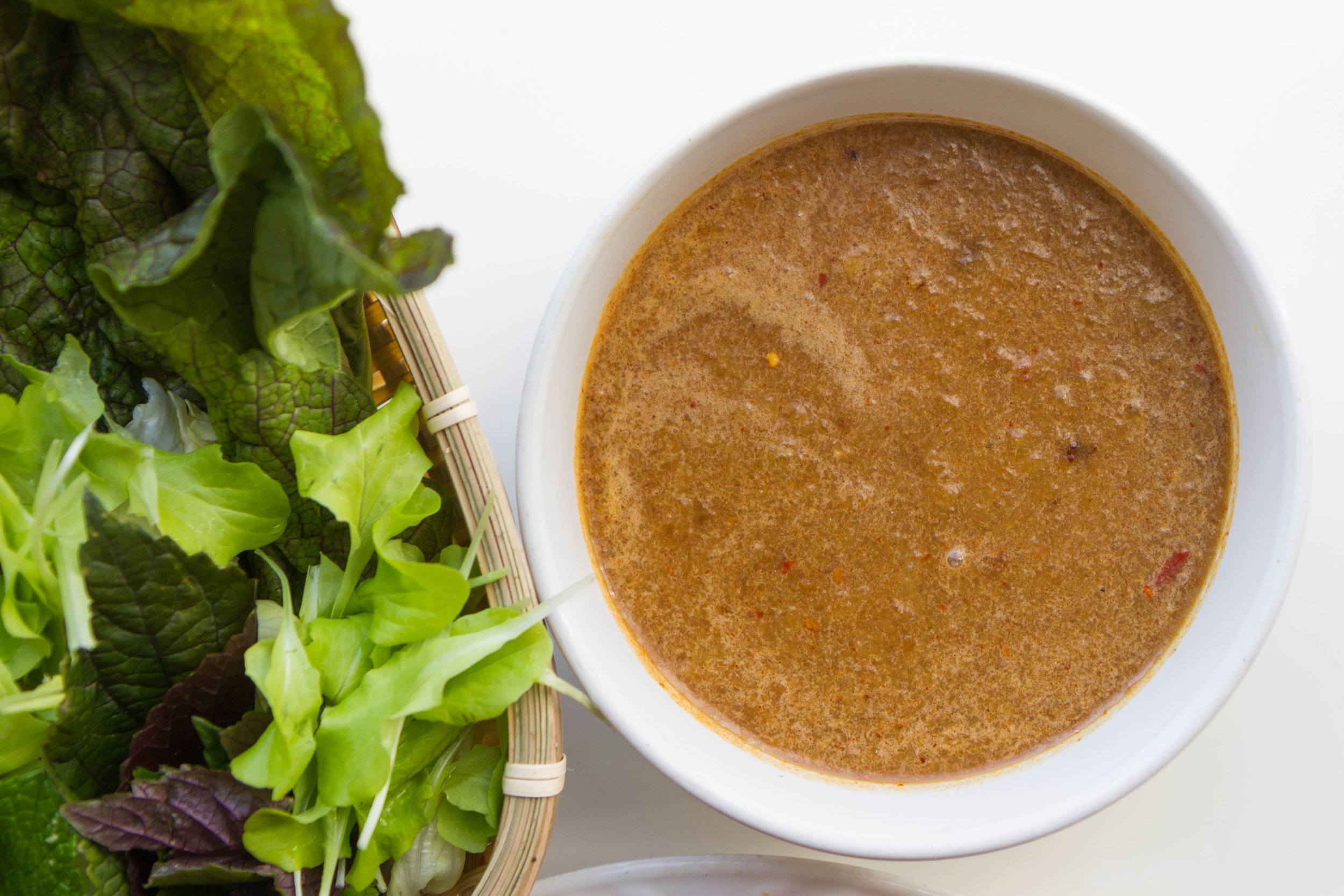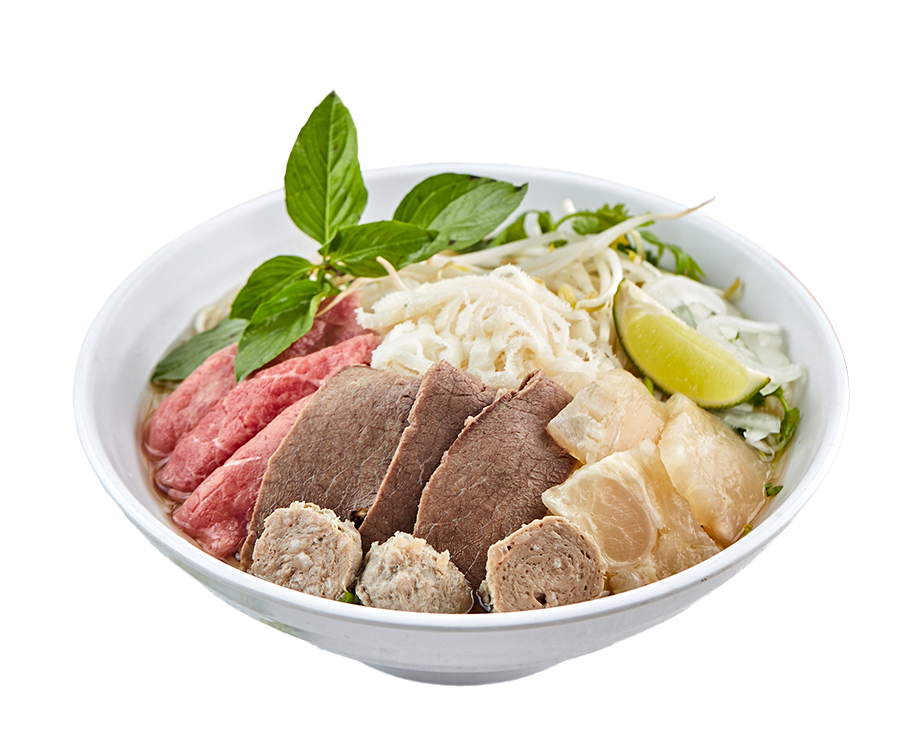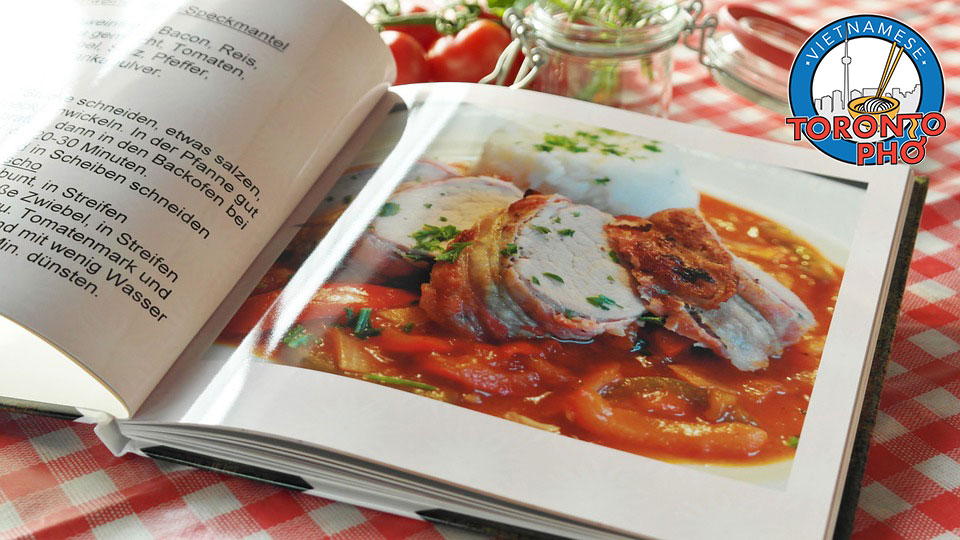
Trending worldwide, Vietnamese cooking has won a lot of attention for healthy, broth-based dishes like pho as well as for having philosophies prioritizing balance over oils, meats, or otherwise. For beginners in Vietnamese cooking or Torontonians who have recently fallen in love with Vietnamese from a restaurant outing, you can easily prepare some of the cooking on your own at home with the right guidance.
The rise in popularity of Vietnamese cuisine has meant a half-dozen very highly rated cookbook coming to market. These cookbooks are written by experienced Vietnamese chefs and usually focus on one of two approaches – either sharing traditional family recipes or adapting some Vietnamese classics to modern family kitchens in North America. From TorontoPHO, the best Vietnamese restaurant in the GTA, here are some of our favourites.
Vietnamese Food Any Day – Andrea Nguyen
Andrea Nguyen’s Vietnamese Food Any Day: Simple Recipes for True, Fresh Flavors is a recommended read for any dedicated starting Vietnamese chef. The New York Times featured cookbook contains 80 easy Vietnamese recipes that hinge on both tradition as well as cooking hacks. Andrea Nguyen is one of the world’s most critically acclaimed Vietnamese chef authors and in this arguable masterpiece, you will find takes on banh mi, rice paper rolls, classic Vietnamese pho, honey-glazed pork riblets, garlic chicken wings, turmeric coconut ice, and more.
Vietnamese Home Cooking – Charles Phan
Vietnamese Home Cooking is the first cookbook from award-winning Vietnamese chef Charles Phan. This cookbook shares fundamental techniques and ingredients in Vietnamese cuisine, inspired by traditional Vietnamese cooking. For home cooks, this is a fine exploration of robustly flavored, authentically prepared, and nuanced meals. Some of what you’ll find in Vietnamese Home Cooking includes crispy rolls, steamed dumplings, delicately flavored whole fish, and lemongrass beef stew.
Read more: What is the Best Vietnamese Cookbook for Beginners to Vietnamese Cooking – read here!
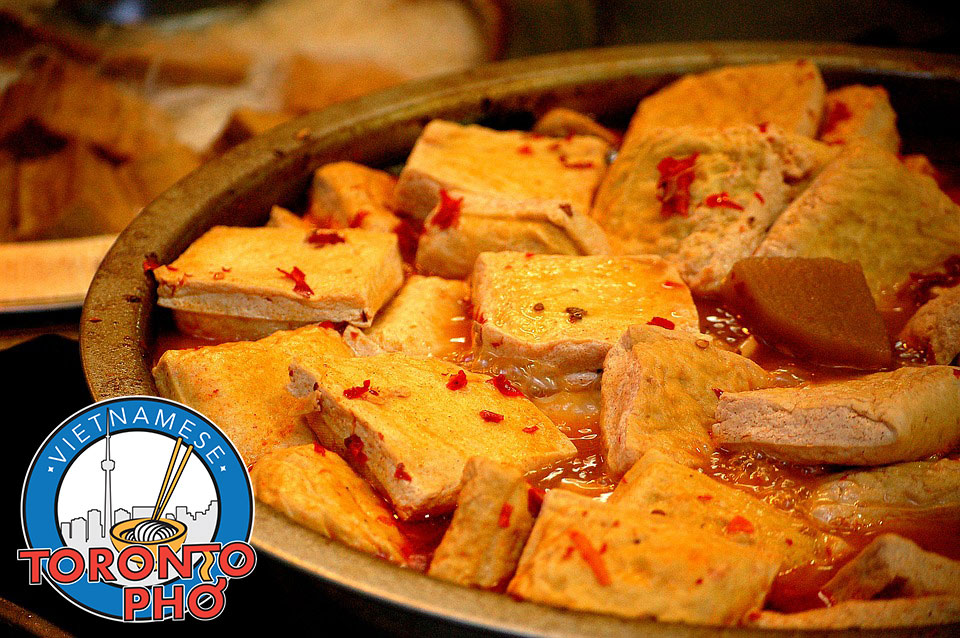
Fake meat and imitation meat have been making a lot of headlines lately. Brands like Gardein, Beyond Meat, Boca, Impossible Foods, Lightlife Foods, Incogmeato, and so many others are generating big business on the stock market. In grocery stores, we’re seeing a bit of a boom for meat alternatives.
In Vietnamese cooking, this imitation meat craze isn’t something we’re not privy to. That said, Vietnamese restaurants like TorontoPHO have been providing vegetarian and vegan options for a long time. Using tofu, aka bean curds and a form of protein alternative that’s been around fo decades, we use this sort of imitation meat in many dishes we make.
Tofu originated in China but has been used in Vietnamese cooking as well as Filipino, Korean, Indonesian, Japanese, Malaysian, Singaporean, and Thai. The main ingredient to tofu is soy milk, which coagulates and is then pressed into solid white blocks. These blocks can be silky, soft, firm, or extra firm.
Tofu itself has a very subtle flavor and to many, tofu on its own pretty much has no flavor. This makes it an ideal imitation meat in Vietnamese to marinate or season as needed, suiting whichever dish or meal it’s inputted in. The tofu is also highly absorbent, which means it takes on all sorts of flavors. Depending on how you want to prepare it, tofu can be the perfect meat substitute and is healthy.
Tofu has been used in Vietnamese cuisine or some variant of thereof for literal centuries. Tofu is low-calorie, contains a large amount of proteins, is high in iron, and also has a high calcium or magnesium content.
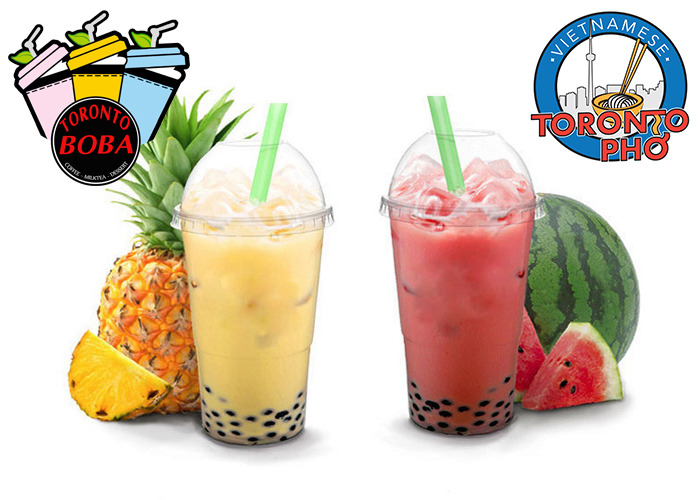
Bubble tea’s one of Toronto’s trendiest drinks this year and that’s with good reason. Rich in polyphenols, a natural plant chemical, bubble tea reduces inflammation, has antioxidants, and most importantly, tastes delicious. Half drink and half dessert, the best bubble tea in Toronto courtesy of TorontoPHO comes in the following varieties. Here’s why these are our favourites!
Strawberry
Who doesn’t love a nice, classic strawberry drink? Strawberry’s packed with vitamin C, manganese, folate, and potassium. They’re also very rich in antioxidants and plant compounds, providing benefits for the health, blood sugar control, and other internal systems.
Pineapple
Pineapple is a great bubble tea selection, with a delicious taste in addition to numerous health benefits. Pineapple is believed to reduce the risk of some cancers, suppress inflammation, and contains disease-fighting antioxidants.
Passion fruit
Passion fruit has key nutrients that make it an ideal bubble tea choice. Passion fruit is rich in antioxidants, is a good source of fiber, improves insulin sensitivity, supports heart health, and reduces anxiety. Passion fruit is one heck of a food!
Read more: Where to Find The Best Bubble Tea in Toronto – See All the Varieties!
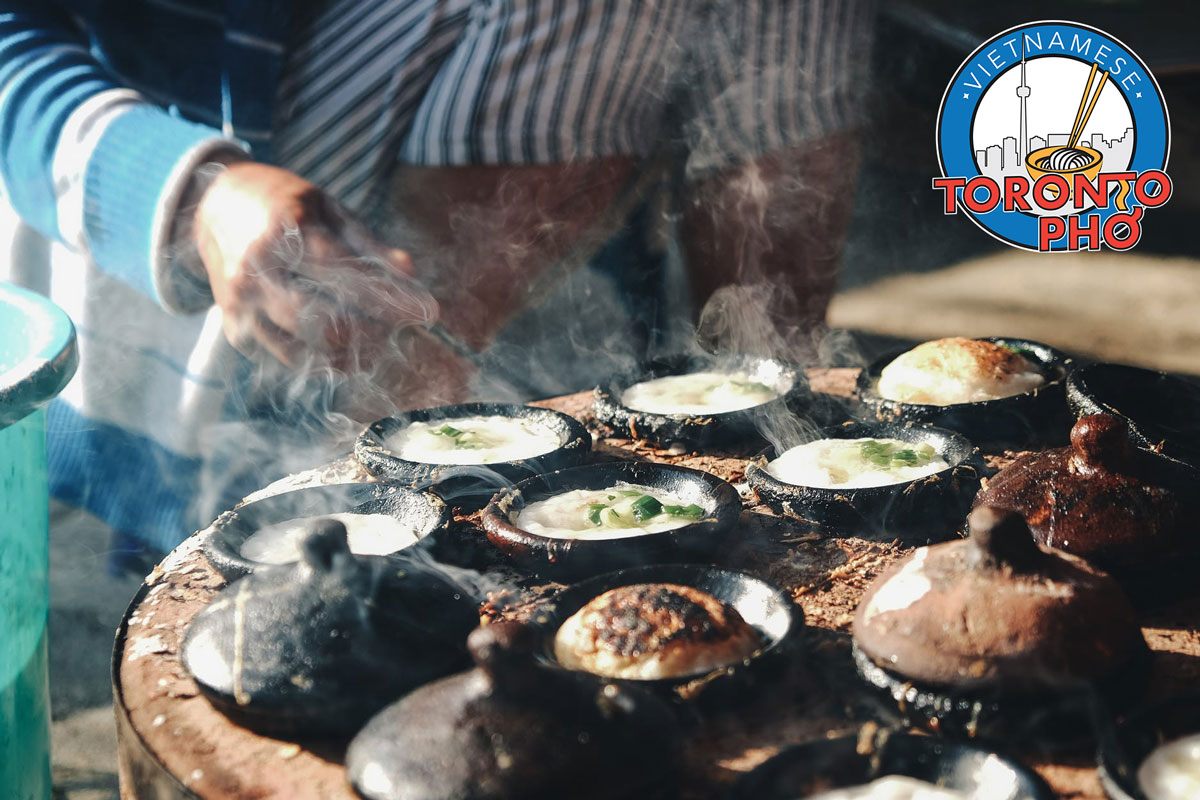
If there was one thing linking north Vietnam to south Vietnam, it’s a love of home-style family cooking. Vietnamese dinners mean a lot. No matter where you’re from, what age or gender, or what your background is, dinners in this culture is a gathering not to be missed. Tantalizing Vietnamese dinners provided in restaurants from Vietnam to Canada still prominently emphasize this home cooking culture. In one of Toronto’s top Vietnam restaurants, TorontoPHO, we offer home-style cooking from all regions pulling from different dishes, differences, and cultures in celebration.
For those who haven’t eaten Vietnamese food before or who don’t regularly enjoy Vietnamese, they’re probably unfamiliar with how we divide our national cuisine. Although there are many philosophies that go into Vietnamese cooking, regionally speaking, there are 3 categories of eating. There’s rice-eating home-style cooking with pulls a lot from Chinese influenced meals. There’s what’s called ‘fun eating’ which involves eating outside the home and usually from French-influenced street vendors. Dishes like banh mi and pho fall into this category. Lastly, festive eating is what’s pulled out on celebrations such as weddings and New Year’s Day.
The heart and soul of all this is a fixation on family cooking. To eat with the family and converse, this is where and how we build connection generation to generation. Vietnamese pho is a great example of family cooking done right. For many makers of pho, especially those working from oral recipes passed down from generation to generation, it can take a full day to get the broth just right. After the pho is made, there’s then so much of it that it’s the sort of thing which is meant to be shared. No one makes pho just for themselves. It’s something every member of the family’s invited and expected to participate in and have.
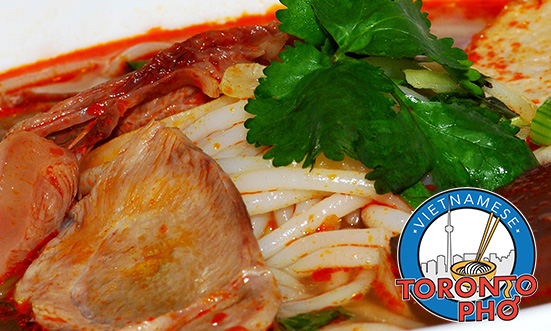
Noodles are a Vietnamese comfort food you’ll find in many eateries, restaurants, easy-to-make family recipes, and traditional cuisine. Noodles come in numerous varieties, used in pho and countless dishes. Browsing your local Ontario grocery store or even going online to see what’s available, you will find dozens of brands and noodle types. Here are 9 types of Vietnamese noodles used in traditional dishes and family recipes that we know you’ll love!
Some More multi millet noodles
Multi millet noodles from the Some More brand come free from any preservatives, or artificial flavours and colors. It’s a healthy, all-natural noodle type you can count on to come delicious, ready for a tasting, and can help take your flavors up a notch.
Meishi Vietnamese gluten free rice noodles
A huge complaint many have on riceles nood is that they aren’t gluten free. This makes them inedible for a number of people, unfortunately. Meishi noodles are thin and flat made from Vietnamese rice, and commonly used in Vietnamese pho.
Lion Star rice vermicelli
Lion Star rice vermicelli is one of Vietnam’s favourite rice vermicelli noodle brands. If you’re unfamiliar with vermicelli, this is a great starting point. A pack from Lion Star comes ready for flavoring, carrying a dish to something even more spectacular.
Read more: 9 Types of Vietnamese Noodles You Can Expect to Find in Some of Our Delicious Dishes
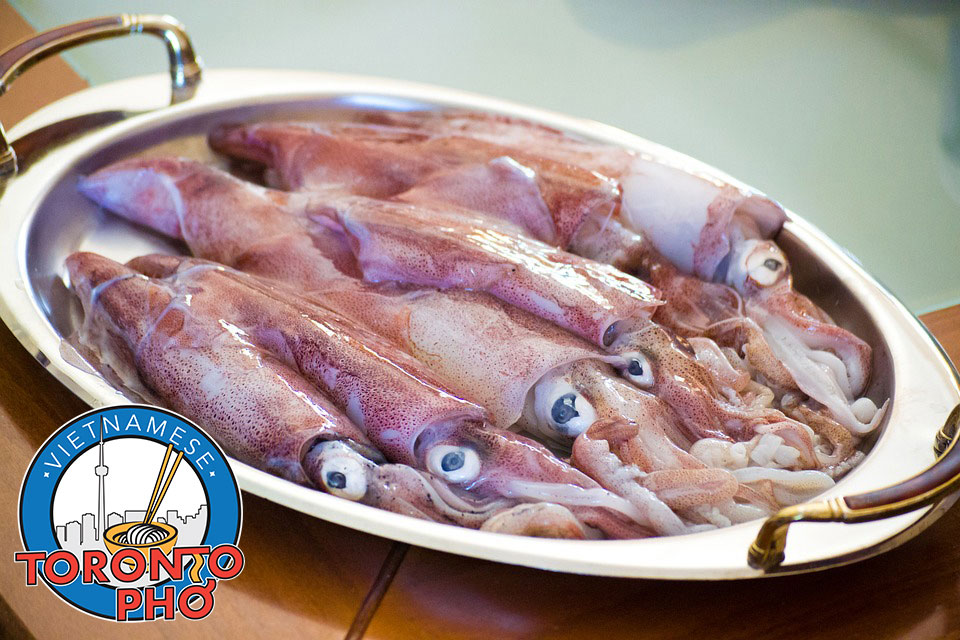
Squid’s delicious and healthy, and a key ingredient in so many Vietnamese dishes. The eating of squid originally came to Vietnamese cooking as another protein source pulled from the sea, dropped into a number of dishes and sometimes deep-fried. Here are a few of the benefits to eating squid and why we continue to use it in some of our dishes at TorontoPHO.
Vitamins and minerals
Squid’s packed with several nutrients, vitamins, and minerals including most notably iron, potassium, vitamin B12, phosphorus, and copper. This makes squid a borderline superfood as essential nutrients like these assist in the performance and health of blood cells, bones, and the immune system.
Squid’s very rich in protein
A three-ounce serving of squid packs 13 grams of protein which makes it an excellent addition among meals that may be lacking in protein or meats. When we provide our bodies sufficient protein, this allows it so sustain energy better and build muscle.
Read more: Surprising Health Benefits to Eating Squid in Vietnamese Cooking
More Articles ...
- How We Use Shrimp in Vietnamese Cooking and the Importance of the Sea in Cuisine
- Health Benefits of Pork Liver in Banh Mi and Other Vietnamese Cuisine Favourites
- Why Rice is So Important to Vietnamese Farmers, Cultures, and Cuisine
- Why a Vietnamese Stir Fry Continues to Be Just as Popular as Pho to Some Families
Page 35 of 49


